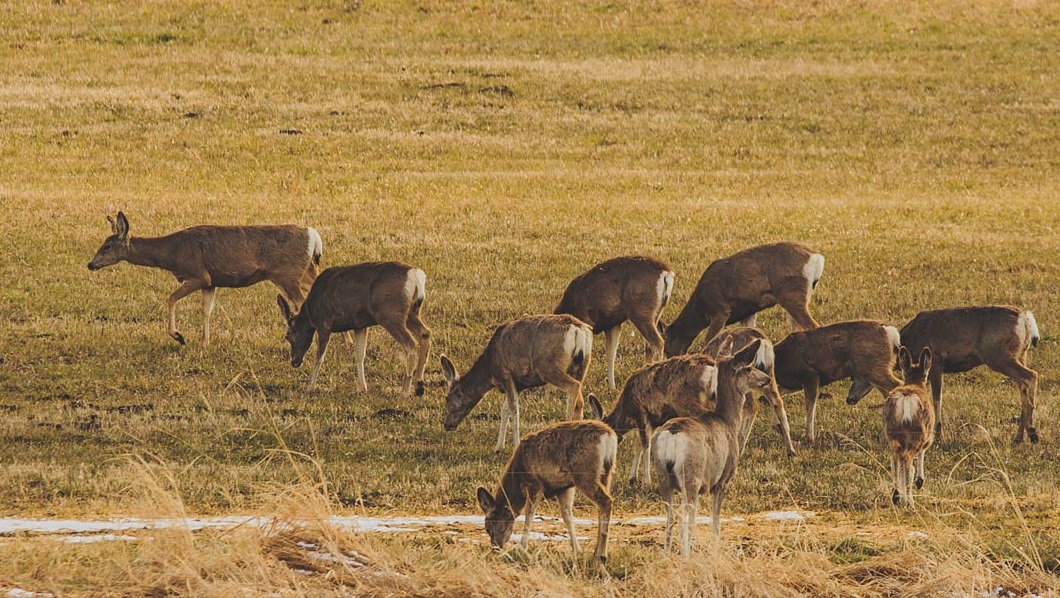Why would a hunter-based conservation organization with the word “elk” in its title, spend time on or have concern for the betterment of mule deer, especially if that species is the focus of a different group altogether? For the Rocky Mountain Elk Foundation, it’s pretty simple.
“RMEF’s work in land conservation, access, habitat and wildlife management extends to a range of other wildlife species, including mule deer. Management of mule deer populations and their habitat are interlinked with elk across the West and as with elk, RMEF is a proponent of managing for the health of all big game populations maintained at both biologically and socially sustainable levels,” said Karie Decker, RMEF director of wildlife and habitat.
To highlight an abbreviated list, those conservation projects help elk, whitetail and mule deer, moose, pronghorn antelope, black bears, mountain lions, wild turkey, upland birds, small mammals, raptors, songbirds and sometimes, depending on the landscape, even ducks, fish and other riparian-related species. Of course, one could also go on and on about reptiles, amphibians, insects, pollinators and vegetation of all types.
Back to mule deer. RMEF recently submitted public comment about Montana Fish, Wildlife and Parks’ (FWP) Mule Deer Citizen Advisory Council Guiding Principles, information and suggestions about the state’s mule deer population.
RMEF recognizes the ecological and recreational value of mule deer in Montana and across its range. Mule deer populations are below FWP goals in most jurisdictions but have started to recover in specific areas.
The estimated 2023 statewide population was 256,000 animals, down from about 386,000 in 2017. In some parts of southeastern Montana, it’s estimated the mule deer population dropped 40 percent below the 10-year average. As such, RMEF applauds FWP’s efforts to take a closer look at current conditions and update the statewide mule deer management plan.
In doing so, RMEF strongly supports the following principles in all plans/proposals related to big game management:
- Science–based wildlife management
- Healthy populations maintained at both biologically and socially sustainable levels
- Hunting as the primary tool for managing populations
- Impactful programs designed to increase hunter access to big game on both public and private lands
- Appropriate distribution of big game on public and private lands
- Maximizing hunting opportunity and quality
- Recognition of the role private landowners play in providing big game habitat during critical seasons
- Simplification of unnecessarily complex hunting regulations
RMEF generally supports the council’s recommendations.
“There is focus on increasing mule deer populations while maintaining quality hunting experiences. RMEF also appreciates the wholistic vision of the guiding principles that considers hunting as a management tool along with assessment of habitat, disease, fragmentation, etc.,” wrote Decker. “RMEF understands the challenge in providing hunting opportunity while trying to grow the population and appreciates FWP’s science-based approach in areas where mule deer populations are struggling.”
Founded in Montana, RMEF has a long history of conservation work in the state. Dating back to 1985, RMEF worked with various partners to complete 1,278 conservation and hunting heritage outreach projects in Montana with a combined value of more than $231.9 million. These projects conserved or enhanced 941,216 acres of habitat and opened or improved public access to 375,172 acres.
(Photo credit: Rocky Mountain Elk Foundation)
